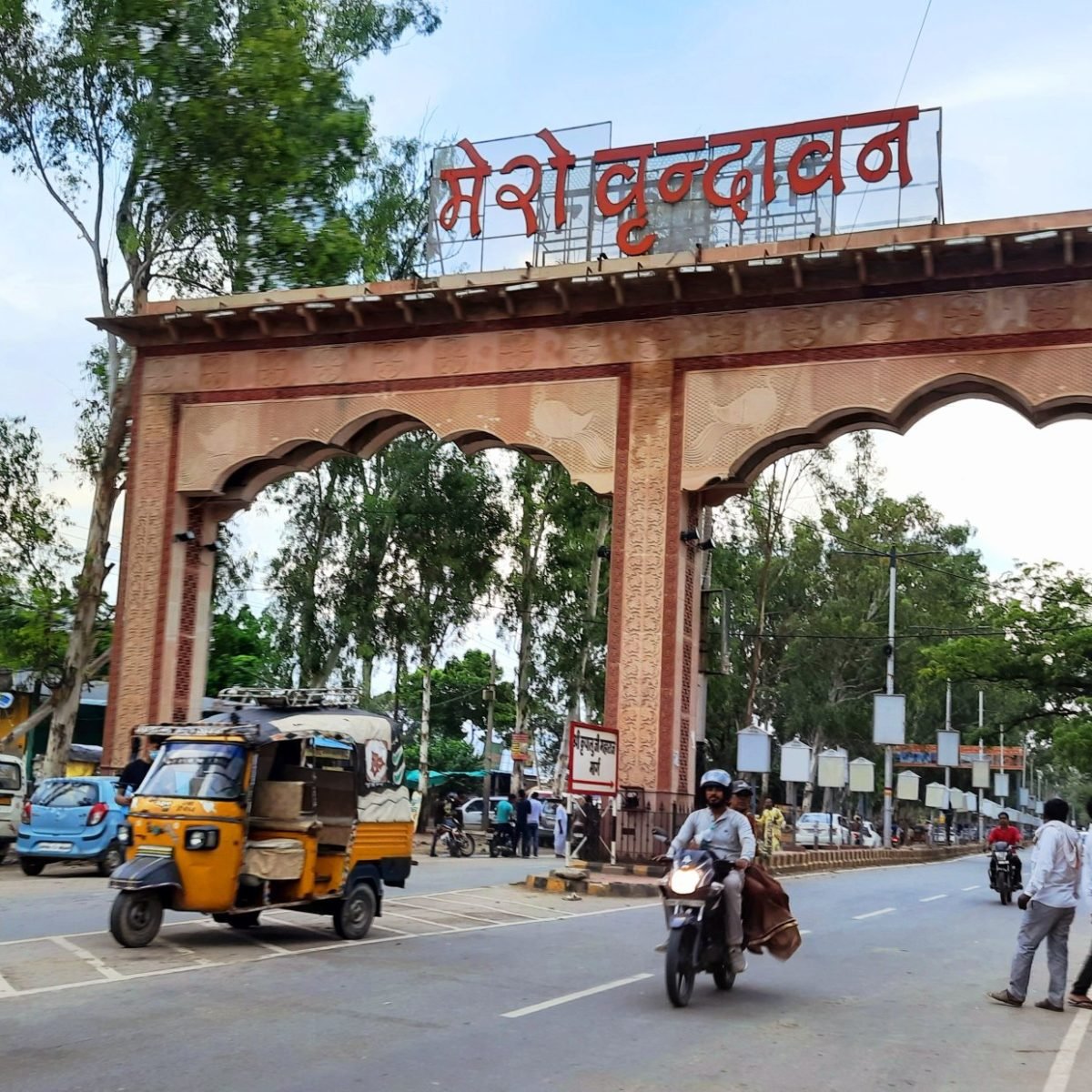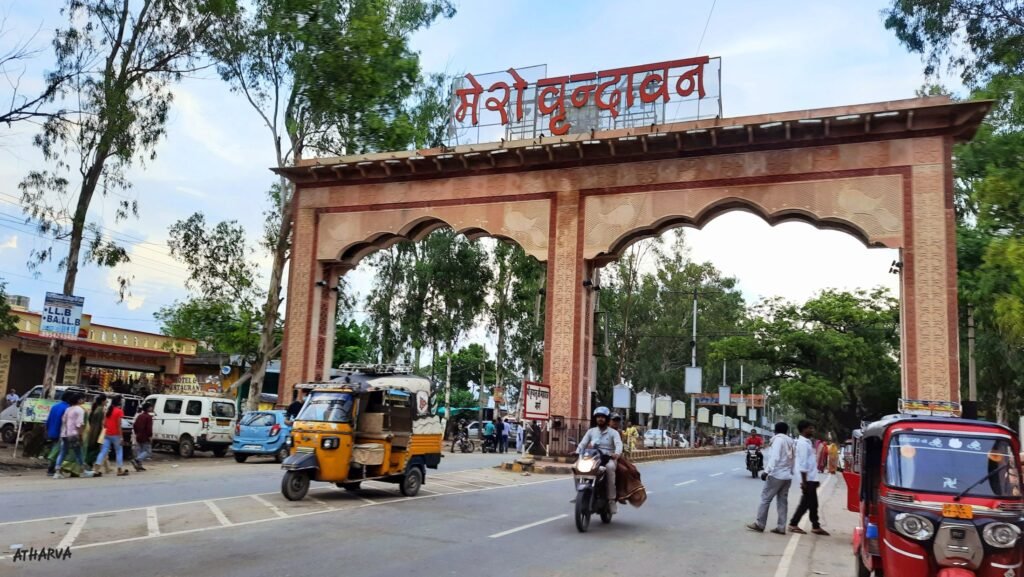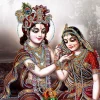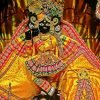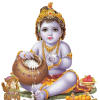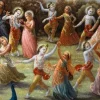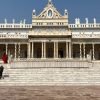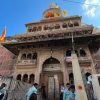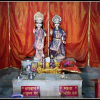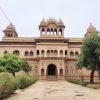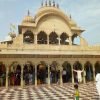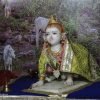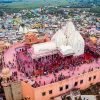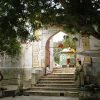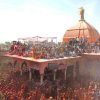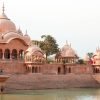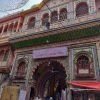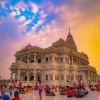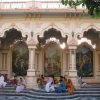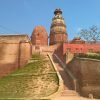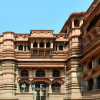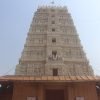Vrindavan, a small town in the Mathura district of Uttar Pradesh, India, is steeped in rich history, spirituality, and vibrant culture. Renowned as the birthplace of Lord Krishna, this sacred destination attracts millions of pilgrims and visitors from around the world. The town is not only famous for its historical temples and festivals but also for its enchanting landscape and deep-rooted traditions that resonate with the tales of divine love and devotion.
Ancient Origins
The history of Vrindavan is intricately linked to Hindu mythology, particularly the life of Lord Krishna. According to the ancient texts, Vrindavan is believed to be the land where Krishna spent his childhood, frolicking with his friends and engaging in playful antics with the gopis (cowherd girls). The significance of Vrindavan is emphasized in texts like the Bhagavata Purana, which narrates the stories of Krishna’s life, including his divine pastimes and interactions with Radha, his beloved.
The town’s name, “Vrindavan,” translates to “the forest of Vrinda (basil),” symbolizing the lush greenery and natural beauty that characterized the region. It is said that the original Vrindavan was filled with dense forests, rivers, and blooming flowers, creating a divine atmosphere that was conducive to Krishna’s playful exploits.
Historical Development
The Medieval Era
Vrindavan gained prominence during the medieval period, especially under the patronage of the Rajput kings and later the Mughal emperors. The 16th and 17th centuries marked a significant phase in the history of Vrindavan, as it became a center for the Bhakti movement, which emphasized devotion to God and the importance of personal spiritual experiences.
Saints and poets like Chaitanya Mahaprabhu, Surdas, and Vallabha Acharya played pivotal roles in shaping the spiritual landscape of Vrindavan. Chaitanya Mahaprabhu, in particular, is known for spreading the teachings of devotion to Krishna and establishing numerous temples, many of which still stand today.
Architectural Marvels
The architecture of Vrindavan reflects the confluence of different cultural influences. The numerous temples built during the medieval era exhibit intricate carvings, vibrant frescoes, and exquisite architecture, showcasing the artistic prowess of that time.
Some of the most famous temples in Vrindavan include:
- Banke Bihari Temple: Dedicated to Lord Krishna, this temple is a significant pilgrimage site known for its beautiful deity and spiritual atmosphere.
- ISKCON Temple: Founded by A.C. Bhaktivedanta Swami Prabhupada, this temple represents the global Hare Krishna movement and attracts devotees from around the world.
- Radha Raman Temple: This temple, dedicated to Radha and Krishna, is known for its rich history and beautiful idol of Krishna.
Cultural Significance
Vrindavan is not only a religious center but also a hub of cultural activities. The town hosts several festivals throughout the year, the most notable being Janmashtami, the celebration of Krishna’s birth, and Holi, the festival of colors. These festivals attract thousands of devotees and tourists, filling the town with joy, music, and vibrant colors.
The music and dance forms associated with Krishna, such as Raas Lila and Kathak, are integral to Vrindavan’s cultural heritage. Artists and performers often depict the divine love story of Radha and Krishna, captivating audiences with their talent and devotion.
Modern-Day Vrindavan
Today, Vrindavan continues to be a focal point of spiritual tourism. The town has modernized while retaining its ancient charm, with new temples, ashrams, and facilities for pilgrims. Despite the influx of visitors, the essence of Vrindavan remains untouched, with its narrow lanes, bustling markets, and sacred ghats (riverbanks) echoing the stories of Krishna.
The local community plays a crucial role in preserving the traditions and customs of Vrindavan. Many families have been living in the town for generations, contributing to its rich tapestry of culture and spirituality.
Conclusion
The history of Vrindavan is a beautiful blend of mythology, devotion, and cultural richness. As the land where Lord Krishna lived and loved, it continues to inspire millions with its spiritual teachings and enchanting tales. Whether you visit for its temples, festivals, or simply to soak in the divine atmosphere, Vrindavan remains a timeless destination that resonates with the heart and soul of every devotee.
As you walk through the sacred streets of Vrindavan, you can feel the presence of the divine, reminding us of the eternal love and devotion that transcends time and space.

